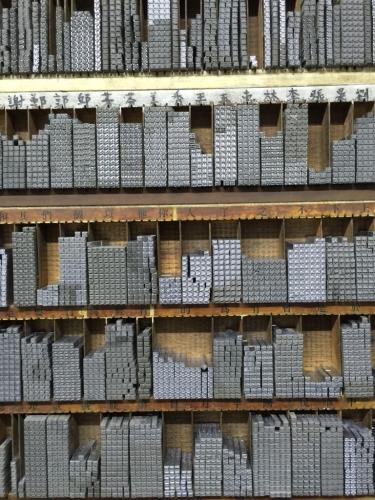Yap loves design, travel and everything beautiful in life. He writes for various media about travel and design and has published works, including Wander Bhutan and Myanmar Odyssey. Formerly publisher of Lonely Planet (China Office), Yap is now Chief Content Officer of Youpu Apps, a Beijing based travel app company.

I have visited Taipei a few times recently and found that this city is getting more and more livable. I rented a Youbike and cycled through backstreets and alleys, just like what Taipeiers did. Bike lanes are nicely incorporated in the city planning so that roads are shared safely between drivers and cyclists. Sometimes, it’s faster to reach your destination by cycling than taking MRT. Over the years, major cities in Europe have been endeavouring to build more pedestrian paths and bikeways for their residents, as more and more people believe that life is better without a car. Walking and cycling are one of ways to bring people back on the streets and give vibrancy to a city. Streetscape can be a source of inspiration, and the power of creativity a walker or cyclist gets from the street is definitely stronger than those smartphone addicts travelling in metro or other transportation.
This year, Taipei is appointed the World Design Capital by International Council of Societies of Industrial Design; and naturally this year becomes the city’s year of design. Taipei successfully convinced the judging panel with its vision — an adaptive city that aims to pursue continual renewal and a better quality of life and overcome the constraints of limited resources by applying innovative design and planning.
Sustainable development is the trump card in the field of design. In Taipei, defunct warehouses are transformed into creative hubs (like Songshan and Huashan); old neighbourhoods are given new life by hipsters and alike; and some declining industries have seen a resurgence now. This kind of thoughtful revitalisation isn’t just to get rid of the old and welcome the new. It actually helps protect urban heritage. If old stuff is considered no longer useful today, think again. You can breathe new life into them.
There is a cluster of wholesales and hardware stores in the area of Taiyuan Street. Located in a hidden alley, Ri Xing Type Foundry is one of them. The popularisation of desktop publishing has replaced the traditional letterpress printing. The once important type foundries, therefore, have closed down. Founded in 1969, Ri Xing is now the only surviving type foundry in Taiwan. Books used to be made from letterpress printing. It’s an act when the moveable types are inked and pressed against to paper and then an impression is created on the sheet. It’s a slow yet enchanting process, and this is why this technique is no longer needed in the world that gives priority to rationality and efficiency. Ri Xing has kept the foundry’s original structure, with an array of typefaces organised neatly, awaiting to be used again. The type casting machine imported from Japan looks like an antique, but it’s still making beautiful typefaces with different sizes and fonts. Visitors now can take a tour of the foundry to know more about the letterpress printing process, and the typefaces can be taken away as souvenir. Here, the uniqueness of Chinese characters is given a refreshing look.
Walking northbound from the foundry and very soon you will arrive at Dihua Street, an area highly recommended by trendies. A historical area in Taipei, Dihua Street is where locals go for the Lunar New Year shopping. At first, my friends in Taipei were only willing to wander around the glitzy Eastern District. Now they occasionally will visit the old area of Dihua Street. Amid the Chinese goods shops and herbal stores are some really cool shops merit a visit.
Dihua Street is located in Dadaocheng in western Taipei. Because of its proximity to Tamsui River, Dadaocheng used to be a busy port and was also the earliest district opened to foreigners in Taipei. Dihua Street is dotted with elaborate mansions that incorporated architectural styles of Southern China, the West and Japan. This is a proof of the heyday of the area. The city government of Taipei has renovated these houses, with an aim to revitalise this old area and to attract more visitors. Taipei City Urban Regeneration Office has set up Urban Regeneration Stations as a catalyser of innovative ideas. There are several such stations in the area of Dihua Street. Among them is URS127 Art Factory, a gallery especially for emerging artists to pilot experimental projects. Adjacent to it is ArtYard, a shop that is housed in an old building and sells locally designed products. You’ll find a coffee shop and a teahouse inside the building, too. These are the space that can nurture creativity amid a relaxed environment.
A city is upgrading itself constantly. It’s an art to re-arrange, upcycle or revitalise with the limited resources available. By doing it, the result is usually more appealing than simply making something totally new. By breathing new life to the old, the old also gives more layers of meaning to the new. The mix of old and new is more sophisticated than making a brand new start, and therefore can design an environment that encourages more creativity.